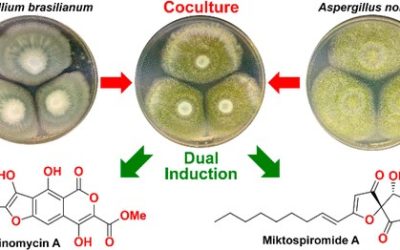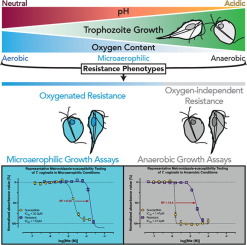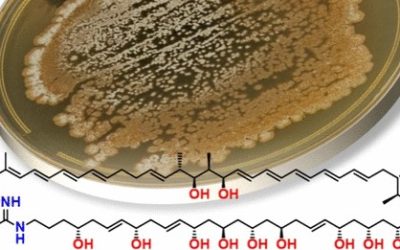Daniel Vuong, Matvi Kaplan, Heather J. Lacey, Andrew Crombie, Ernest Lacey, Andrew M. Piggott
Fitoterapia 2018, 126, 53-64.
Publication Date: October 20, 2017
https://doi.org/10.1016/j.fitote.2017.10.014
Abstract:
Macroalgae are a rich source of biologically active chemical diversity for pharmaceutical and agrichemical discovery. However, the ability to understand the complexities of their chemical diversity will dictate whether these natural products have a place in modern discovery paradigms. In this study, we examined the relationship between secondary metabolite production and biological activity for a cohort of 127 macroalgae samples collected from various locations across South Eastern Australia. Approximately 20% of the macroalgae samples showed high levels of chemical diversity and productivity, which also correlated strongly with bioactivity. These “talented” species represent sustainable sources of metabolites that may be readily harvested for large-scale production. At a taxonomic level, significant differences in metabolite production and diversity were observed between Chlorophyta, Rhodophyta and Phaeophyta. For each talented species, the cometabolite pattern was unique to that species, with closely related species within the same genus displaying very different profiles. Despite over 50 years of investigation, we estimate that more than two-thirds of the chemical diversity of macroalgae remains unknown to science. By understanding the physicochemical properties and distribution patterns of metabolites, it is possible to make reasoned judgements about sustainable sourcing of macroalgae for biodiscovery.


